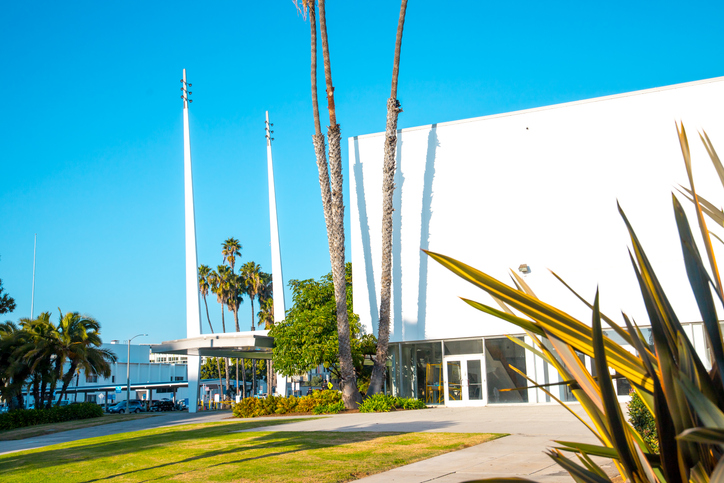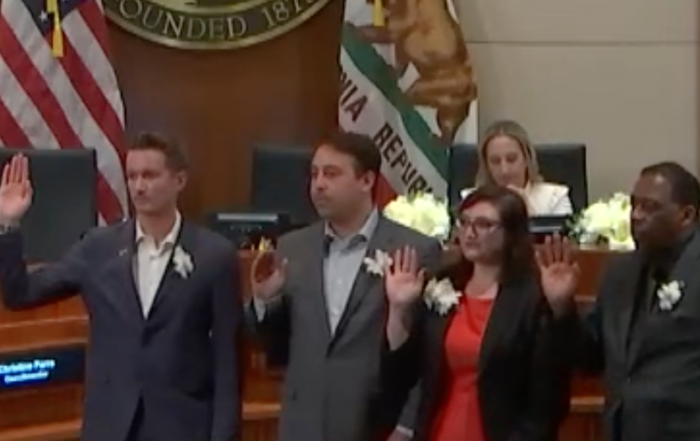Could housing in Santa Monica become more readily available for families historically displaced by racist policies of the 1950s and ’60s?
Back in March of 2019, the Santa Monica City Council explored the idea that a policy should be developed to provide access to housing for the relatives of former city residents of the old Belmar Triangle neighborhood – made up primarily of Black residents and other communities of color – that was destroyed by racist “urban renewal” development policies that made way for construction of the civic center and civic auditorium.
Then, in July of last year, according to a city release, the council “made changes to Santa Monica’s Affordable Housing Production Program and Housing Trust Fund that gives affordable housing waitlist priority to households displaced from Santa Monica in the 1950s and 1960s.”
The Housing for Displaced Households Pilot Program was born out of this policy shift. The city conducted outreach in the second half of 2021 and opened an application period for descendants of the displaced in January of this year, which closed on February 22.
“With this pilot, we strive to reach former residents or their descendants who were wrongly displaced from our community and to bring them back to Santa Monica through our affordable housing program,” said Santa Monica Mayor Sue Himmelrich. “If you or your family lost your home during this period, we urge you to apply for below-market housing opportunities and to work with us as we look to craft a permanent program.”
Last week, I contacted Miranda Iglesias, Santa Monica’s Interim Public Information Officer, for an update on the program’s progress. Iglesias told me there were 134 applicants, and that these applicants, “were entered into a lottery system and given a number, which puts them into an ordered queue for review. This involves staff engaging with applicants to review and vet available documentation to certify their application and put them on the priority list for affordable housing.”
Ms. Iglesias informed me that the application itself didn’t require any proof of lineage documentation, and suggested that this is where the hard work begins. “This is the phase of the project that is the most time-intensive. A staff team is engaged in this work, which will take several months and is dependent on the availability of applicants to work alongside the City to provide the necessary information.”
So I asked where parties could expect to go once the vetting process was complete, and Iglesias told me that those who are certified as eligible, “Will be added to the affordable housing waitlist on a rolling basis as applications are approved. A unit match is dependent on the income and household requirements of the applicant aligning with units as they become available.”
Still to be determined? What success of the pilot program needs to look like before the city council declares the Housing for Displaced Households pilot to be a permanent program? Stay with Westside Voice for updates.
Stay informed. Sign up for The Westside Voice Newsletter
By clicking submit, you agree to share your email address with Westside Voice. We do not sell or share your information with anyone.








